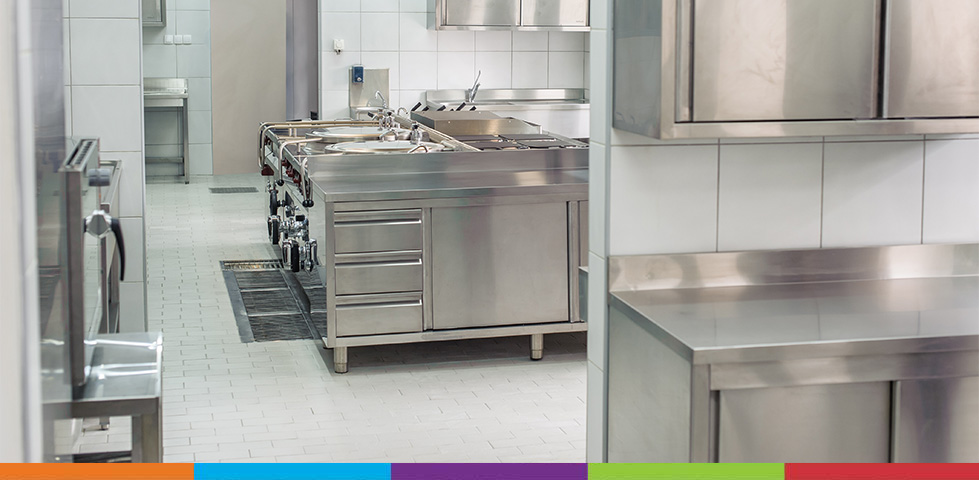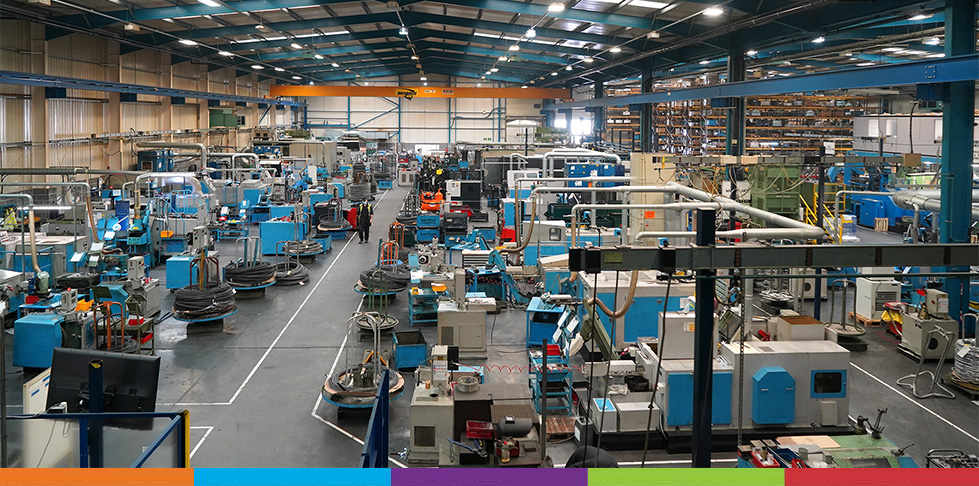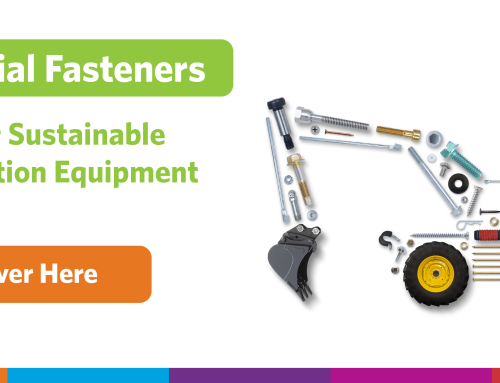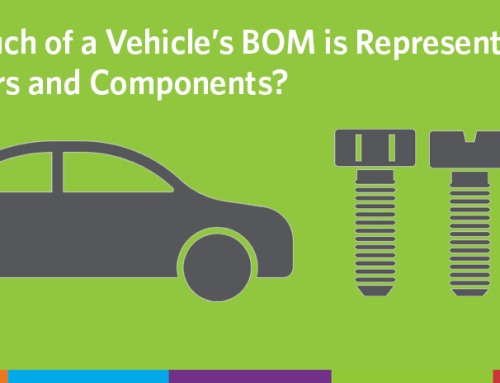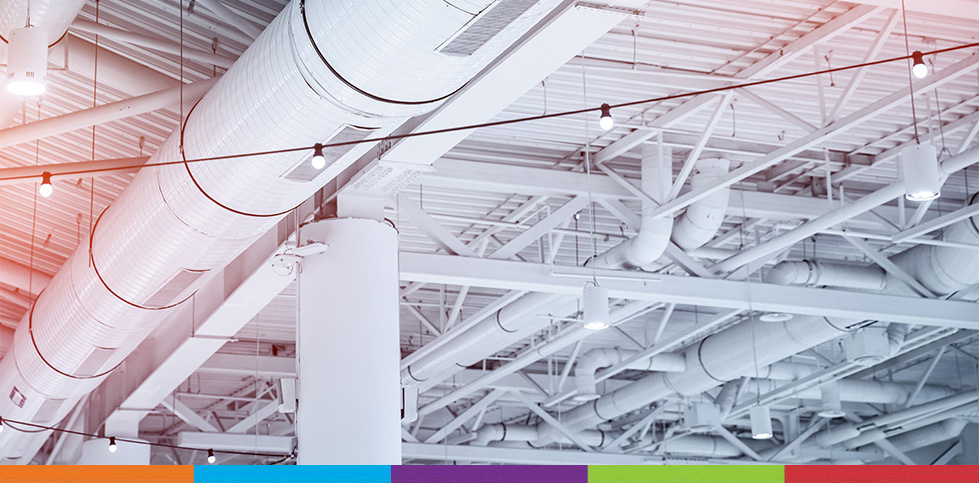
HVAC Manufacturing Solutions: Fasteners and Supply Chain Optimisation
The cooling equipment sector of the HVAC industry previously dominated the market, accounting for the largest revenue share and 10% of the world’s energy consumption. This was fuelled by climate change and the increase of disposable incomes for many consumers.
However, 2023 has brought on a shift in the market, with the demand for efficient heating equipment surging due to global conflicts and consequent risks to heating energy security and affordability. This has led to an unprecedented surge in demand for low-carbon emissions heating technologies that are also affordable and energy efficient.
Moreover, many governments are implementing bans on certain fossil fuel technologies, with countries like France, Germany and the UK banning oil and gas boilers over the next few years to meet net zero targets. So, incentivised by political, economic and emissions concerns, many HVAC manufacturers are phasing out fossil-fuel products, and are instead expected to ramp up their output of affordable, low-emissions equipment.
Although this surge in demand has created multiple market opportunities for HVAC manufacturers, supply chain instability has continued to overshadow the industry, with many manufacturers reporting intense product shortages and increased lead times.
It’s crucial, then, that HVAC manufacturers optimise their production processes to meet demand.
Here are two HVAC manufacturing solutions for businesses looking to overcome their production challenges:
- Onshoring / Nearshoring Fasteners
Onshoring is when a manufacturer sources parts from their home country, whereas nearshoring occurs when a manufacturer sources close to home, e.g. from a neighbouring country. Both onshoring and nearshoring are key ways HVAC manufacturers can stabilise their supply chains, by avoiding lengthy shipping times, delays and customs charges.
By sourcing close to home, HVAC manufacturers can also avoid stockpiling, allowing them to optimise and keep track of their inventories, tie up unnecessary cash and avoid taking up valuable physical space. Onshoring and nearshoring can also help manufacturers significantly reduce their carbon footprint as it requires considerably less transportation.
2. Using Quality Parts
It’s important HVAC manufacturers prioritise product longevity and durability to avoid product downtime. Product failure and regular maintenance can lead to costly reworks, warranty replacements and damaged business reputations.
Parts as small as standard fasteners can significantly impact product durability; evidently fasteners hold a product together, and if they fail, that product may work ineffectively, or worse, fail to function at all. HVAC equipment can require a large number of fasteners that need to be made of strong, corrosion resistant materials, like stainless steel and plated with materials like galvanised zinc, to perform well in their application.
At Optimas, we have over 100 years’ experience manufacturing and distributing quality fasteners to a wide range of industries, from industrial boilers to automotive. With a 4000-strong global supplier network, we can help you source optimised parts from closer to home to streamline your supply chains and maximise your product quality.
Contact us to enhance your production processes and meet the demand for heating and cooling equipment.

